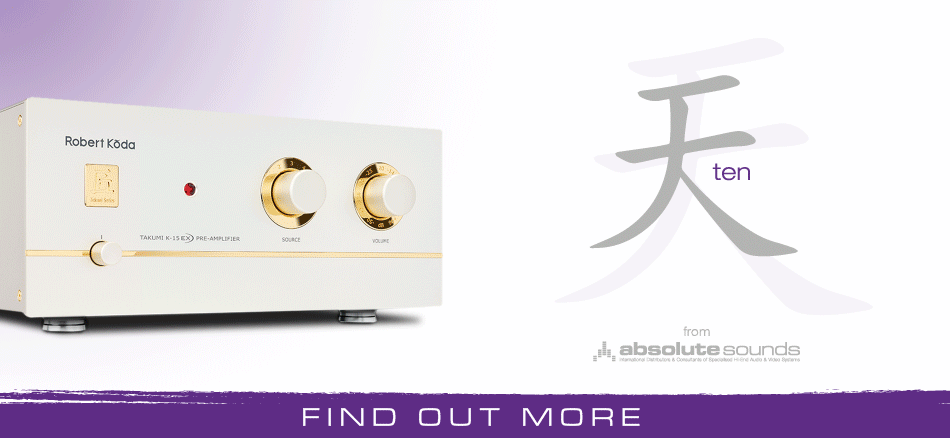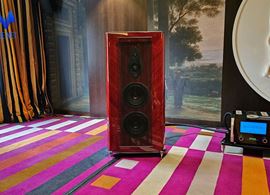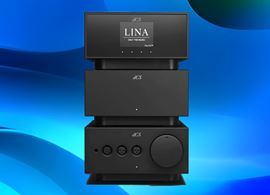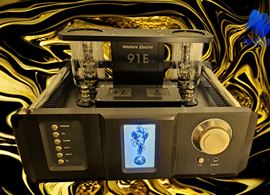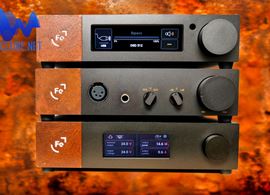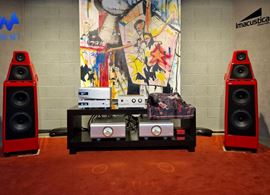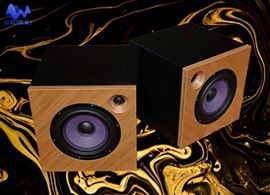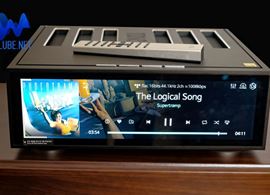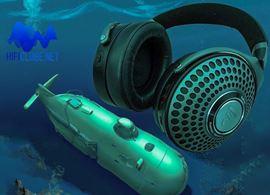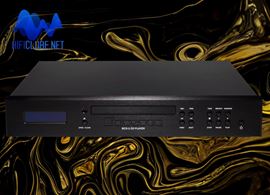 PrimaLuna Prologue OneA tube amplifier was until not long ago (and still is, up to a point) a symbol of social status. Tubes were once rare objects on the verge of extinction, just like panthers that wealthy people show off as pets.
PrimaLuna Prologue OneA tube amplifier was until not long ago (and still is, up to a point) a symbol of social status. Tubes were once rare objects on the verge of extinction, just like panthers that wealthy people show off as pets.
Whenever there's a technological revolution, there's also some social resistance; there is always someone that says no. That's how myths and cults originate in some restricted circles of society. Look at what is happening to LP. Thus the past ironically ends up by progressively becoming fashion again.Tubes were saved from utter extinction by its faithful supporters, who strove to keep the flame alive by sharing experiences and projects, often built by themselves at home, and also due to the end of Cold War, the fall of the Berlin Wall and the opening of Chinese economy to the West. In the West transistors had long replaced the thermionic tube in audio circuits. The soviet armament industry considered, however, that the latter was more trustworthy in extreme situations, namely in the presence of atomic radiation. The infamous MIGs, for example, used tubes in some on-board transmission equipment. When the soviet empire collapsed, some western audio equipment manufacturers started importing tubes from Russia (Sovtek, etc), Yugoslavia (Svetlana, etc) and China (cheap copies of the famous GE). What was once scarce was now abundant. However, not even that was enough to lower the price of tube amplifiers. These are 'hand-soldered' products made by true artisans (therefore, hard to produce in automated assembly lines) and need heavy transformers to lower the high output impedance (excepting the OTLs). The mythological status and the alleged superiority of the musical reproduction are not, hélàs, consentaneous with popular prices. The famous Audio Note Ongaku uses silver strands for the transformer windings and cost tens of thousands of euros. And the Wavac SH-833 reach the obscene amount of 300 000 euros!Full, luxurious, exquisite, resplendent, involving, fluid, transparent, 'human', these are just some of the classical attributes of tube sound, something that backbiters assure to be no more than the 'hypnotic' effect on credulous minds of the warmth of light combined with second harmonic distortion. Is it just a matter of faith then?Ask that question to some of the most famous guitar players who don't do without their tube amplifiers. They will tell you that, besides the unique tonality of the sound, tubes have much better headroom. This means they distort with class…And yet, the alleged superiority of tube sound has extensive technical support, namely: electrons are better transmitted in a vacuum (or gas) than in a solid state chip; resistance to overload and the harmonic integrity, as it happens with some musical instruments (the great cathedral organs, for example); buffer effect of the transformers that protects the output stage from noise induced by the power supply; or, contrary to technical common sense, even the high output impedance and consequent low damping factor while stealing some of the tension confers harmonic richness to the bass lines - Nelson Pass dixit. In audio, as in life, one learns by making mistakes. Parental advice to children is of no use. One can only learn from experience, hence one has to listen for oneself. Any piece of advice or criticism here is only useful as a guide line to your own audition. When I tested the Prologue One I had already read some of the opinions published by other international critics. The truth is that with more or less euphemism, more or less enthusiasm, more or less technical and literary wit - and the inevitable holy water -, my 'audition' was not much different from that of my distinguished colleagues: it is interesting how objectivity may also result from a set of coincident subjectivities. Primaluna Prologue One
By audiophile patterns, the building quality/price ratio of the Prologue One is astonishing. Not even DIY kits that you build at home on the kitchen table come any cheaper. Moreover, unlike these, the Prologue One finish is anything but amateurish: materials, including the metallic lacquer of an ambiguous greenish black, are superior to the competition even when products cost as much as three times more. The design is simple and with no «kitsch» influences: the protective grille, most certainly inspired by Darth Vader's helmet, and the stylish cover of the transformers, all contributing to a perceived value that contradicts the real price: 1190 euros. The golden plugs and the plastic-protected terminals are state-of-the-art. This opinion is extended to the operation: no switch-on thump, clicks, pops or other commutation noises and with an ALPS potentiometer that is smooth and efficient. This was made possible only because its creator, a Dutch named Herman van der Dungen, has them custom-made in China to his specifications. The circuit has no innovative topology: it is a classical push-pull amplifier with EL34 tubes (the Prologue Two uses KT88) that, at their limit, deliver 40W (8 Ohm) or 36W (4 Ohm). Tube amplifiers are like diesel engines - their 'watts' have more 'horsepower'...During the audition the Prologue One revealed its genetic origin and influence of the EL34 chromosome: a 'romantic' sound, typical of the 70's, textured, expansive, with a round and emphatic bass, a treble that liquefies as it warms up, and a mid-range that seems to pour hot chocolate over the music. Voices have presence and 'humanity' utterly justifying recurrent criticism in audiophile circles that, by comparison, transistors sound 'mechanical'. The Prologue One adds to this a subjective sensation of power in the upper-bass that gives it an uncanny sense of rhythm. To achieve the best results it is convenient to match it with proper speakers. I used a pair of Sonus Faber Concertino, which are easy to drive and the Sony XA777es as a source. I preferred the 4 Ohm output, which 'opens up' and gives 'bouquet' to the sound by trading off some power: a couple of watts are all it takes to fill a small room with music though. Under stress voices 'harden' a little bit, robbing it of some of its midrange charisma. Thus, the more efficient the speakers the better the final result.Tube amplifiers are like cigars: they must be enjoyed thoroughly, without too many expectations, preferably in the company of good records, good books and a good cognac. You can skip the fireplace in this case... The sound of the Prologue One slowly gets into you until it finally grows on you. If this is the prologue (and the Prologue Two is even better) I can't wait for the epilogue.
Distributor: IMACUSTICA
Translation by Ana Zenha from the original by José Victor Henriques first published in Diário de Notícias, Lisbon, Portugal

